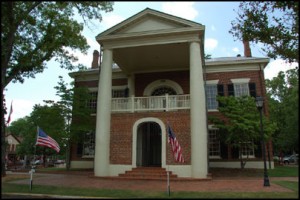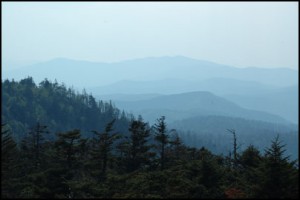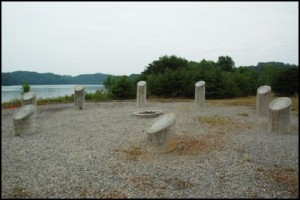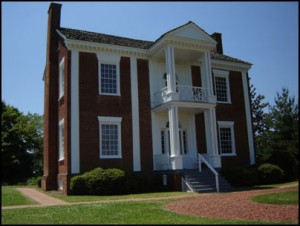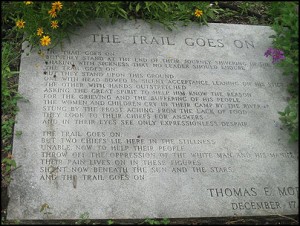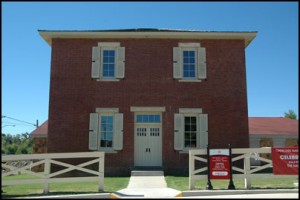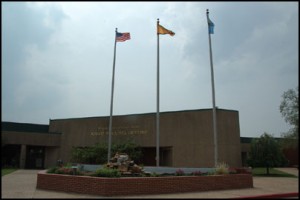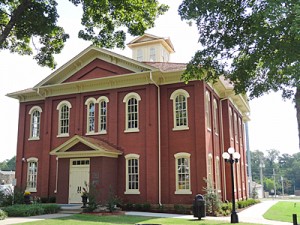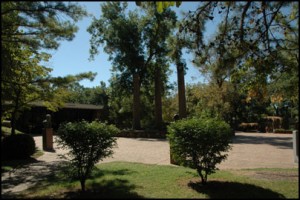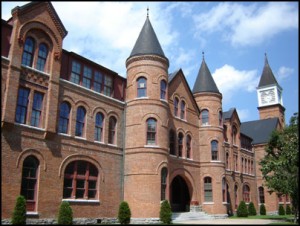In 1828, gold was discovered near present-day Dahlonega, Georgia. This was the first major gold rush in the United States. Unfortunately, for the Cherokee, the gold was discovered on Cherokee land. The Dahlonega Gold Rush brought a huge influx of miners, as well as increased pressure from Georgia, who wanted to fully control the Cherokee
Genealogy Queries for "travel"
Clingmans Dome
Clingmans Dome towers at 6,643 feet and stands as the highest point in the Smoky Mountains National Park, the highest point along the Appalachian Trail, the highest point in Tennessee, and the second highest point east of the Mississippi river. The Cherokee know the mountain as Kuwahi or Mulberry Place and consider it a sacred
Chota Memorial
Along with Tanasi, Chota was one of the two Overhill towns recognized as a “capital” of the Cherokee Nation throughout the 1700s. For many years Chota was known as a beloved peace town because it was home to the uku, Old Hop, the foremost priest-chief of the Nation. Unfortunately, the sanctuary of the town could
Chief Vann House
This “showplace of the Cherokee Nation” is one of the best-preserved Cherokee plantation homes. Built by James Vann in 1804, the two-story mansion was the finest in the Cherokee Nation. Vann, a Cherokee politician and businessman, was responsible for bringing Moravian missionaries into the Cherokee Nation to build schools. However, Vann was also known to
Cherokee Trail of Tears Commemorative Park
In 1830 the US Congress, at the behest of President Andrew Jackson, passed the “Indian Removal Act.” With this act, the US intended to removal all Indian people to Indian Territory, land west of the Mississippi River. The majority of the Cherokee people opposed removal, but a small group of Cherokees known as the Treaty
Cherokee Nation Supreme Court Building
The Cherokee Nation Supreme Court Building is the oldest public building in Indian Territory, present-day Oklahoma. It was constructed in 1844 to house the Cherokee Supreme Court. For several decades, cases were heard in this building and criminals were housed at the Cherokee Prison a block away. In 1870, the building became the new home
Cherokee Nation Headquarters
The Cherokee Nation Headquarters Complex sits on the south side of Tahlequah and houses the main offices for the Cherokee Nation government. In addition the grounds house the office for the Cherokee Phoenix newspaper. Within the Cherokee Nation Headquarters Complex is the “Cherokee FIRST” office. This office serves as an information center and customer service
Cherokee Nation Capitol Building
Following the devastating Trail of Tears, 1838-39, the Cherokee Nation was anxious to reestablish its government and worked tirelessly to that end. Tahlequah was established as the seat of government, and it was on this site that the Cherokee Council first met to reestablish the laws and government. On September 6, 1839, the Cherokee Nation
Cherokee Heritage Center
The Cherokee Heritage Center is a non-profit historical society and museum founded in 1962 to preserve the historical and cultural artifacts, language, and traditional crafts of the Cherokee. The Heritage Center is located on the site of the original Cherokee Female Seminary, which burned in 1887. Today three columns of that original building remain on
Cherokee Female Seminary
Just ten years after the Cherokee Nation was relocated to Indian Territory on the Trail of Tears, the Cherokee had made great strides in rebuilding the tribal infrastructure. In 1849, the Cherokee National Council turned their attention to education. The Council allocated the funding needed to build two non-denominational, secondary boarding schools – the Male
